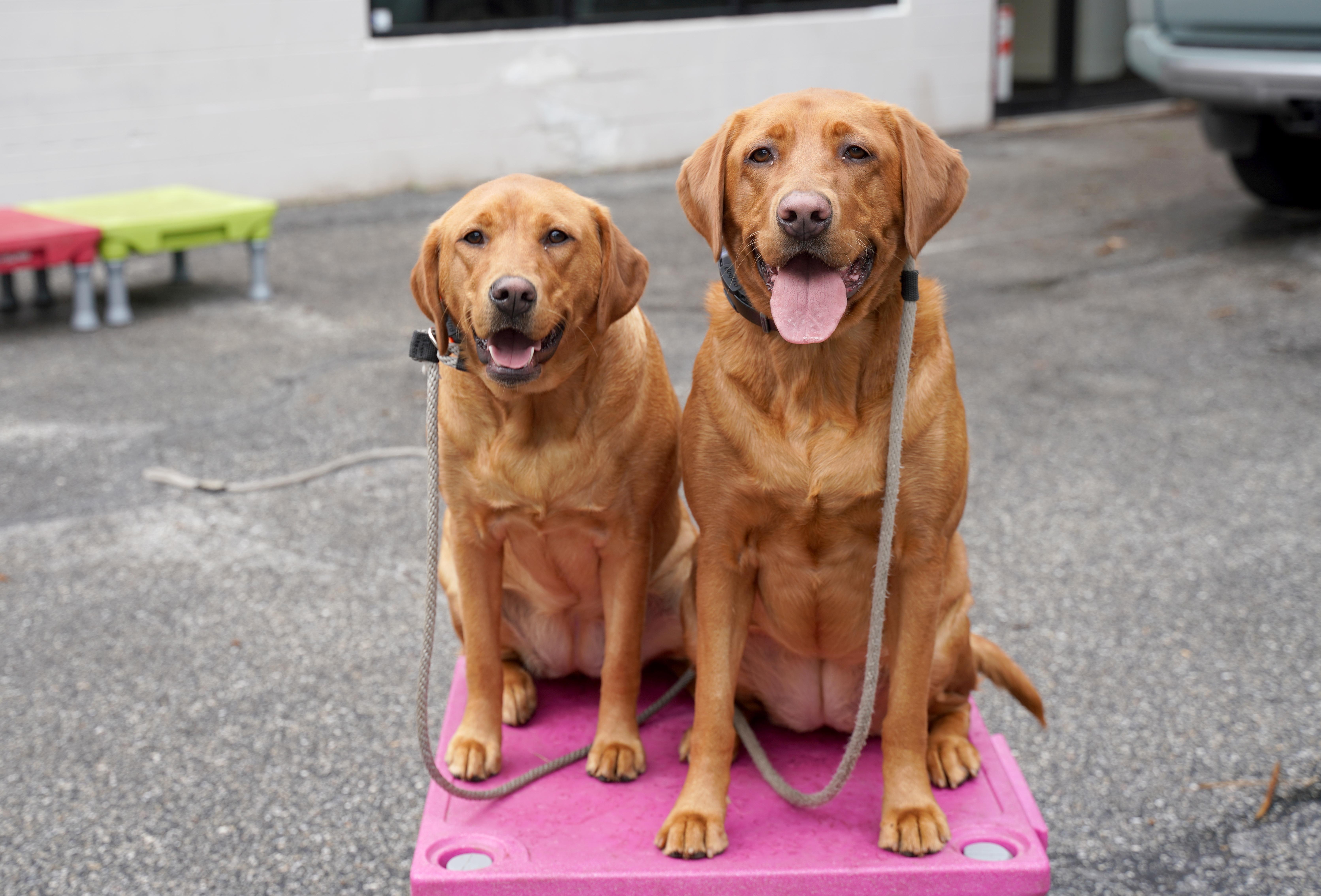Training a dog is a journey that weaves together patience, understanding, and commitment, creating a harmonious bond between human and canine. At the heart of this journey lies a fundamental principle: consistency. Just as a steady rhythm guides a symphony, consistency provides the structure and clarity essential for effective dog training. It is the gentle repetition of commands, the unwavering application of rules, and the predictable reinforcement of positive behaviors that help our furry companions learn and thrive. In this article, we will explore the vital role consistency plays in dog training, offering insights and practical tips to help you foster a trusting and rewarding relationship with your beloved pet. Whether you’re a seasoned dog owner or a first-time trainer, embracing consistency will unlock new levels of understanding and cooperation with your four-legged friend, paving the way for a lifetime of joy and companionship.
Establishing a Routine: The Foundation of Successful Dog Training
When embarking on the journey of dog training, establishing a routine is not just beneficial; it’s essential. Dogs thrive on predictability and structure, which helps them understand what is expected of them. By creating a consistent schedule, you are setting a foundation for effective learning and reinforcing positive behavior. Here are some key aspects to consider:
- Consistency in Commands: Use the same words and gestures for each command. This clarity helps your dog to quickly associate the words with the desired action.
- Regular Training Sessions: Short, frequent training sessions are more effective than occasional, lengthy ones. Aim for 10-15 minutes daily to maintain focus and enthusiasm.
- Routine Reinforcement: Incorporate training into everyday activities. For instance, ask your dog to sit before meals or stay while you open the door.
- Positive Reinforcement: Reward desired behavior immediately to reinforce the connection between action and reward. Consistent praise or treats make learning a joyful experience for your furry friend.
By weaving these elements into a structured routine, you create an environment where your dog feels secure and motivated to learn. Remember, the key to successful training lies in patience and perseverance. With time, your consistent efforts will lead to a well-behaved and happy companion.

Building Trust Through Repetition: Strengthening the Human-Canine Bond
Consistency is the cornerstone of effective dog training and is vital in nurturing a profound connection between you and your furry companion. Dogs thrive on routine and predictability, which help them understand expectations and reduce anxiety. By consistently using the same commands, gestures, and rewards, you create a structured environment that encourages learning and builds trust. Repetition reinforces learning, allowing your dog to associate specific actions with specific outcomes. This consistency not only accelerates the training process but also solidifies the trust your dog places in you as a reliable leader.
- Use the same words and signals: Consistent verbal and non-verbal cues help your dog learn faster and avoid confusion.
- Establish a routine: Regular training sessions at the same time each day reinforce good behavior and build anticipation.
- Reward reliably: Offer praise or treats consistently for desired behaviors to reinforce positive actions.
- Be patient: Repetition takes time, but the bond it creates is well worth the effort.
By embedding these consistent practices into your training regimen, you not only enhance your dog’s learning but also fortify the emotional bond that underpins your relationship. The mutual understanding that emerges from such regularity is a testament to the strength and resilience of the human-canine bond.
Consistency in Commands: Enhancing Your Dogs Understanding and Response
Achieving clarity in communication with your dog hinges on the consistency of your commands. When you use the same words, tone, and gestures every time, it creates a reliable framework that your dog can understand and respond to effectively. Imagine trying to learn a new language where the rules keep changing—frustrating, right? By maintaining consistency, you help your dog avoid confusion and build confidence in their ability to meet your expectations.
- Choose Clear Commands: Opt for simple, one-word commands that are easy to remember and distinguish from each other.
- Be Mindful of Tone: Use a firm but gentle tone that conveys authority without intimidation.
- Stick to a Routine: Reinforce commands in different contexts and environments to strengthen understanding.
- Consistent Reinforcement: Praise or reward your dog immediately after they respond correctly to a command to encourage repetition of good behavior.
Consistency is not just about repeating the same command but also about ensuring that everyone involved in your dog’s training is on the same page. This collaborative approach fosters an environment where your dog feels secure and eager to learn, resulting in a well-behaved and happy companion.
Creating Positive Reinforcement Habits: Encouraging Good Behavior
Establishing effective training habits is essential for nurturing well-behaved dogs. At the heart of this process is the power of positive reinforcement, a strategy that emphasizes rewarding desirable behaviors to encourage their repetition. This method not only promotes a harmonious relationship between you and your furry companion but also ensures that training sessions are enjoyable and productive. By consistently acknowledging your dog’s good behavior with treats, praise, or play, you create an environment where learning is both fun and rewarding.
- Timing is Key: Reward immediately after the desired behavior to create a clear connection.
- Consistency Matters: Ensure all family members are on the same page to avoid confusing your pet.
- Variety of Rewards: Use different rewards like treats, toys, or affection to keep your dog engaged.
- Set Clear Commands: Use simple, consistent commands to help your dog understand what is expected.
- Patience and Persistence: Remember, training is a journey; celebrate small victories along the way.
By integrating these elements into your training routine, you foster an atmosphere where your dog feels motivated and secure, leading to a stronger bond and a well-mannered pet.

